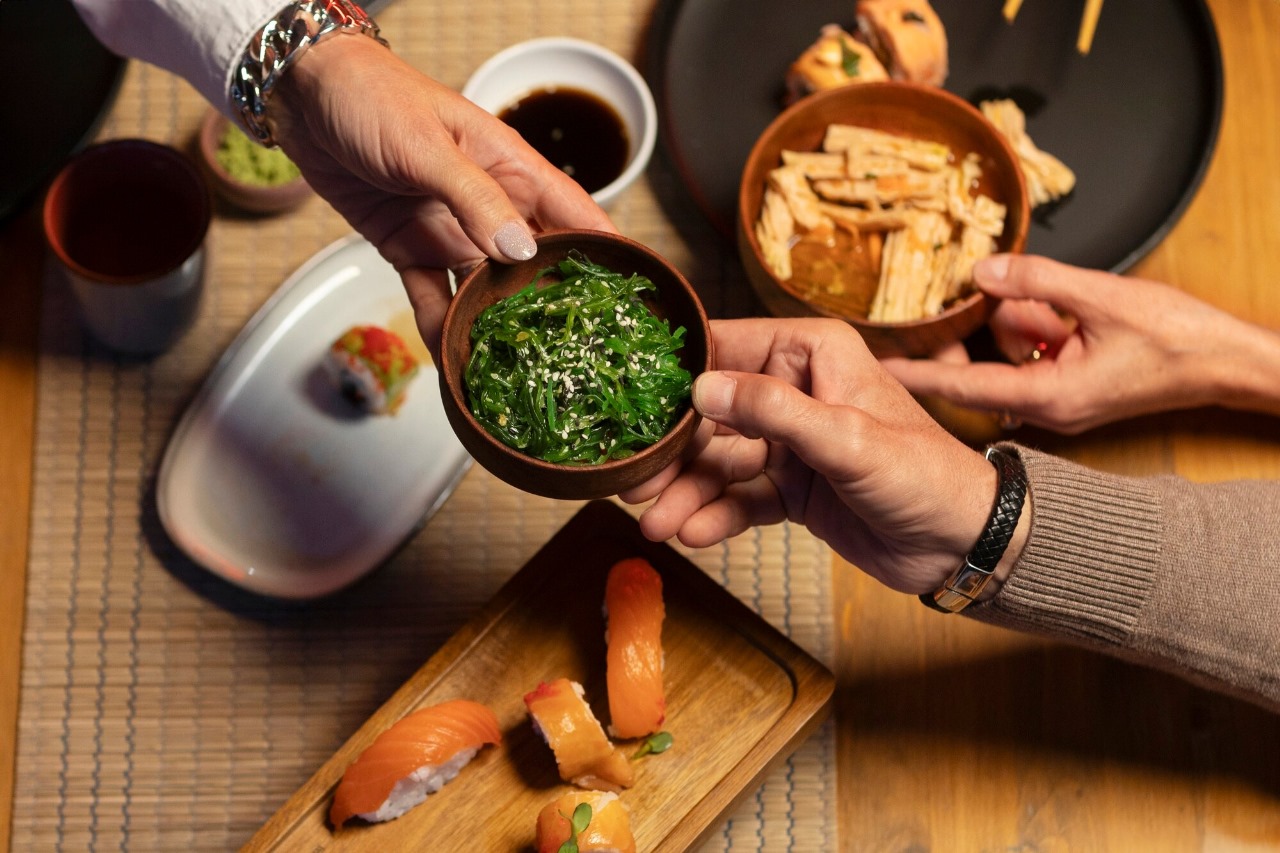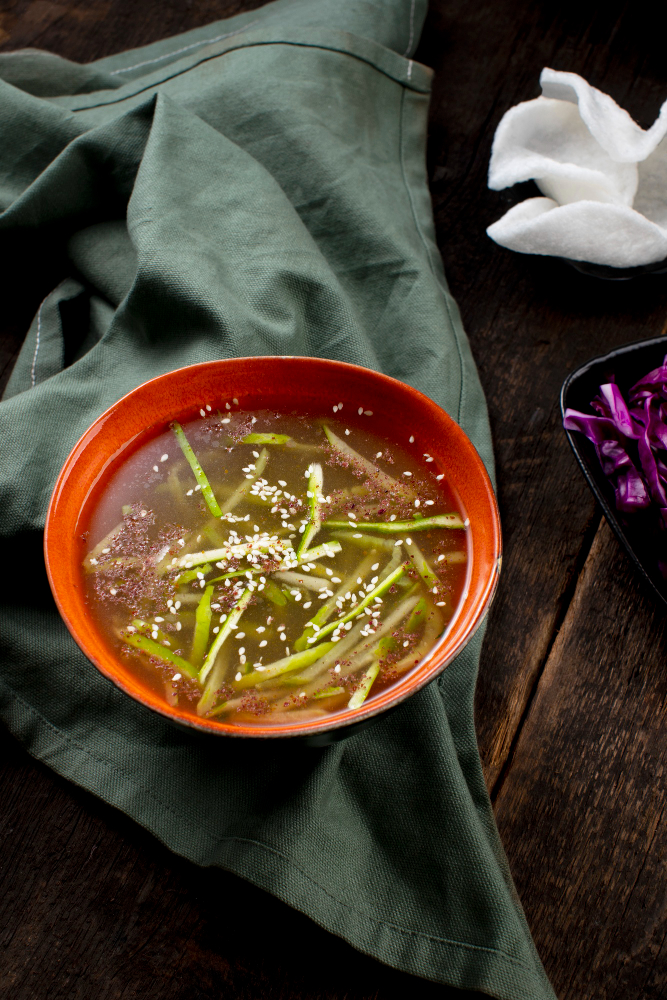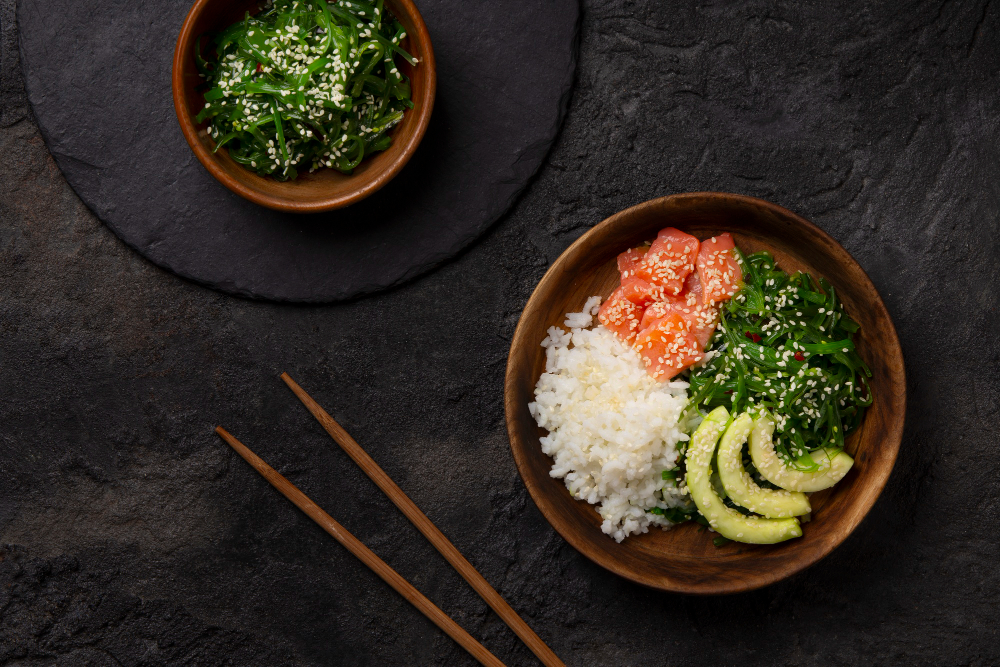
Japanese culture serves as a benchmark in many areas, particularly in lifestyle, diet, and longevity, earning the approval of experts. Take, for example, Dr. Vicente Mera, a longevity medicine specialist at Sha Wellness, who has traveled to Japan multiple times in search of habits that promote both longevity and a high quality of life.
The Power of Optimism: Benefits for Living Longer and Better
In his book Young at Any Age (HarperCollins), Dr. Mera highlights one key practice: hara hachi bu, which involves eating only 80% of what we desire to consume in order to maintain a healthy caloric balance, allowing for flexibility when indulgences arise.
This concept, widely recognized by longevity experts, ties into the structure of traditional Japanese cuisine, known as ichi-jū-san-sai, which is not only a staple but also an interesting model for a balanced diet. Japanese author Akemi Tanaka discusses this in her book Chōwa (Kitsune Books), which explores the pursuit of balance and harmony in life, particularly through food.
Tanaka emphasizes the Japanese tradition of “less is more,” advocating for simplicity, eating in season, and respecting the original flavors of food. “Eating imported strawberries in the middle of winter is considered the epitome of frivolity and waste,” she notes, stressing that these practices are essential for achieving harmony.
The Japanese Dinner to Avoid Abdominal Swelling Before Bed
Tanaka also elaborates on the ichi-jū-san-sai meal, which consists of soup and three side dishes, plus a small bowl of rice. This balanced formula works well for both lunch and dinner. The main dish typically provides protein, usually from fish rather than meat, while the other dishes may include tofu, carrots, radish, burdock root, or seasonal vegetables, accompanied by tsukemono (pickled vegetables).
Nutritionists support these proportions and suggest they’re a great option for meal preparation. For example, nutrition expert Cristina Barrous praises the balance of this meal, noting that vegetables will comprise a large portion, and the pickles provide essential probiotics. “I think it's perfect,” she says. “The pickles seem key to providing that portion of probiotics to the diet.”
Starting with Soup

Beginning a meal with soup is another excellent practice. Tanaka mentions that, in winter, Japanese people often prepare pumpkin soup to last for several days, serving it as an accompaniment to dinner. Miso soups are also commonly enjoyed.
If you’re looking for a Western alternative, consider collagen broth made from bones or traditional vegetable consommés. Psychonutritionist Itziar Digón explains that starting with broth helps calm the stomach and satisfy hunger, allowing for a more relaxed approach to eating. “Hot soup creates a sense of well-being, and you can make it with leftover ingredients, which is sustainable,” she says.
Main Course: Rice and Protein

This traditional Japanese menu typically includes a small bowl of rice, the primary source of fast-absorbing carbohydrates in their meals. As Tanaka explains, protein tends to come from fish, not meat. “Washoku food avoids processed ingredients like certain meats or cheeses and has very little sugar,” she says. Experts believe that this type of diet contributes to the longevity of the Japanese population.
Although rice is a staple in the traditional formula, if you're having dinner and aiming to lose weight, it’s better to omit fast-absorbing carbohydrates, as they can turn into fat if not used overnight. A good alternative is brown rice, which is more filling and higher in fiber.
Pickles: A Key Addition to Your Diet
Including pickled vegetables is one of the top recommendations from nutrition experts. When pickled naturally, with minimal sugar and salt, they serve as an excellent source of probiotics, supporting gut health and improving digestion.
Pickles are rich in bifidobacteria, which aid in maintaining a healthy gut and enhancing digestion. This, in turn, has the added benefit of promoting a purifying effect on the body and skin. “Good intestinal function contributes to better digestion, nutrient absorption, and a balanced rhythm in the gut, helping to prevent the buildup of toxins,” explains Dr. Mar Mira.





















.jpg)
.jpg)
.jpg)
.jpg)
